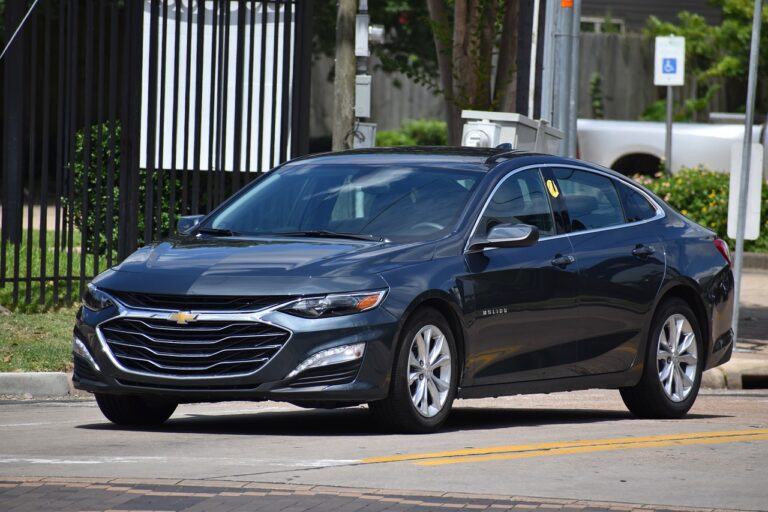The Impact of Autonomous Vehicles on Traffic Signal Timing Optimization
Efficient traffic signal timing is crucial for ensuring smooth traffic flow and reducing congestion on roadways. However, several challenges exist in the current optimization of traffic signal timings. One major obstacle is the lack of real-time data integration, which hinders the ability to make dynamic adjustments based on changing traffic conditions. Without this crucial data, signal timings may not be optimized to adapt to the varying demand throughout the day, leading to increased delays and frustration for drivers.
Another challenge lies in the coordination between different traffic signals within a network. In many cases, signals are programmed independently without consideration for their impact on neighboring intersections. This lack of synchronization can result in conflicting signal operations that disrupt traffic flow and cause bottlenecks. Additionally, the complexity of urban road networks and the diverse needs of motorists further complicate the optimization process, making it difficult to find a one-size-fits-all solution for traffic signal timings across different locations.
• Inefficient traffic signal timing can lead to increased delays and frustration for drivers
• Lack of real-time data integration hinders dynamic adjustments based on changing traffic conditions
• Signals within a network are often not coordinated, leading to disruptions in traffic flow
• Urban road networks and diverse needs of motorists complicate the optimization process
Potential Benefits of Autonomous Vehicles in Traffic Signal Timing
Autonomous vehicles have the potential to revolutionize traffic signal timing systems in urban settings. By communicating with traffic signals in real-time, these vehicles can help optimize signal timing to improve traffic flow efficiency. This communication allows autonomous vehicles to anticipate signal changes, reducing the need for sudden stops and starts, which can lead to smoother traffic patterns and decreased congestion on roadways.
Furthermore, autonomous vehicles can also contribute to increased safety at intersections by reducing the likelihood of accidents caused by human error. Their ability to accurately predict signal changes and adjust speed accordingly can help prevent red-light violations and right-of-way conflicts. This enhanced coordination between autonomous vehicles and traffic signals not only benefits the vehicles themselves but also has the potential to improve overall road safety for all road users.
Integration of Autonomous Vehicles in Traffic Signal Systems
The integration of autonomous vehicles in traffic signal systems is poised to revolutionize the way we approach traffic management. With the potential to communicate with traffic signals in real-time, autonomous vehicles can provide valuable data to optimize signal timing for smoother traffic flow. This seamless interaction between autonomous vehicles and traffic signal systems has the promise to reduce congestion, minimize delays, and enhance overall traffic efficiency.
By incorporating autonomous vehicles into traffic signal systems, cities can harness the power of advanced technology to create more responsive and adaptive traffic management solutions. This integration opens up possibilities for predictive analytics, machine learning algorithms, and dynamic control strategies that can dynamically adjust signal timings based on incoming data from autonomous vehicles. As autonomy becomes more prevalent on the roads, the collaboration between autonomous vehicles and traffic signal systems is key to unlocking the full potential of smart transportation systems.
How can autonomous vehicles improve traffic signal timing?
Autonomous vehicles can communicate with traffic signal systems in real-time, allowing for more efficient and dynamic signal timing adjustments based on traffic flow.
What are some challenges in integrating autonomous vehicles into traffic signal systems?
One challenge is the need for standardized communication protocols between autonomous vehicles and traffic signal systems. Additionally, there may be privacy concerns related to the collection and sharing of data.
What are the potential benefits of integrating autonomous vehicles into traffic signal systems?
Some potential benefits include reduced congestion, improved fuel efficiency, and enhanced safety through better coordination between vehicles and traffic signals.
How can traffic signal timing optimization be improved with the integration of autonomous vehicles?
With autonomous vehicles providing real-time data on traffic conditions, traffic signal timing can be adjusted more effectively to minimize delays and improve overall traffic flow.
Are there any privacy concerns associated with the integration of autonomous vehicles into traffic signal systems?
Yes, there may be concerns about the collection and sharing of data between autonomous vehicles and traffic signal systems. It will be important to address these concerns to ensure user privacy and data security.







